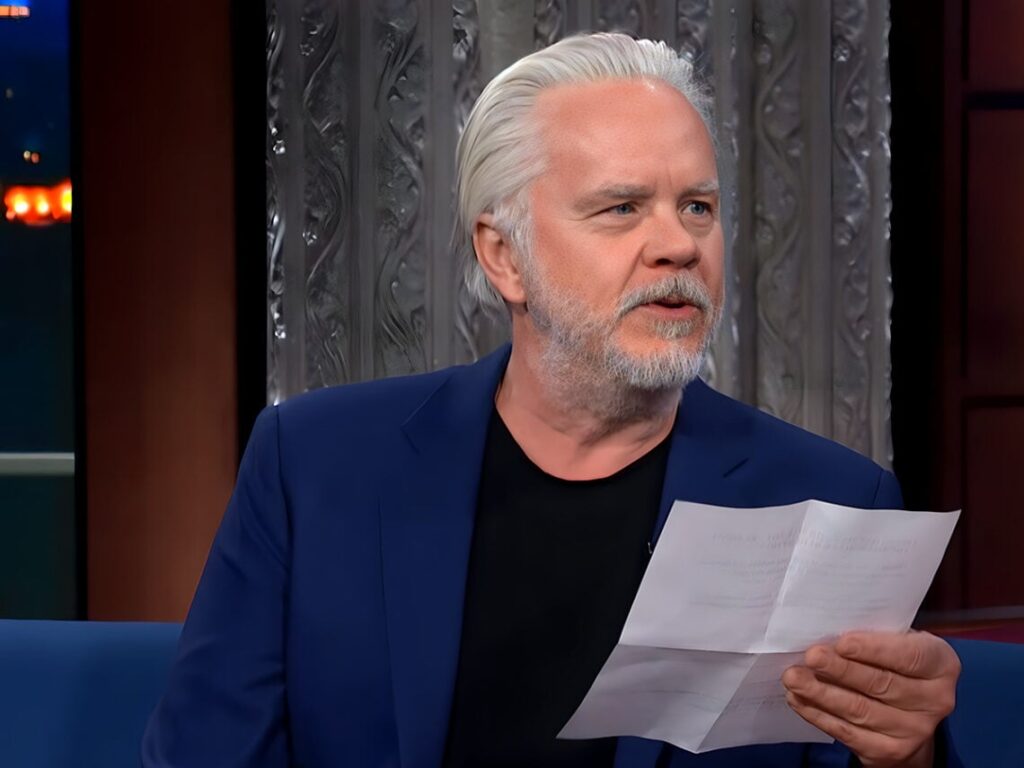Herschell Gordon Lewis: the B-movie icon who changed horror forever
(Credits: Far Out / YouTube Still / Original Promo)
The horror genre is one of the most beloved in cinema history, attracting dedicated fans across the world with a penchant for all things spooky or gory. Whether you prefer slashers, supernatural scares or something featuring a bit more humour, there’s something for everyone within the genre. Yet, it wouldn’t have developed without the influence of low-budget exploitation and horror B-movies, namely those by Herschell Gordon Lewis.
The filmmaker made many controversial movies during his time, working prolifically between the 1960s and early ‘70s before taking an extended hiatus from directing until 2002, instead focusing on writing books about advertising and business guidance. His sharp career turn might sound odd, but it’s even stranger when you consider the kinds of movies he was making before suddenly putting the camera down.
Lewis started his filmmaking career by directing advertisements before venturing into the world of producing with the movie The Prime Time. His directorial debut, Living Venus, came shortly after, and it featured various scenes featuring nudity. Lewis’ directorial career then continued with other exploitation films, often dubbed as ‘nudie cuties’.
These films showed little regard for ethics, simply showing nudity and sexual situations for the sake of showing them, hoping to appeal to viewers with a thirst for cheap eroticism. These early exploitation movies were hugely shocking, treading new ground in the way of presenting images that cinema-goers weren’t used to seeing on the big screen.
Lewis soon turned his attention away from naked female bodies and instead decided to show plenty of gratuitous violence and blood within his work. Blood Feast, released in 1963, is often referred to as the first ‘splatter film’, a sub-genre that has exerted enormous influence over horror, particularly those early ‘70s slashers like The Texas Chainsaw Massacre. Splatter films are unashamedly gruesome, although modern-day splatters are considerably more graphic and realistic.
Still, in the ‘60s, movies didn’t typically contain such gore and brutality. Hollywood’s Hays Code banned all sex, nudity, violence and other taboos in the mainstream, so it was the work of these provocative independent filmmakers who helped to usher in a new era for horror cinema. Lewis’ Blood Feast was a drive-in hit, although it was banned in various locations, such as the United Kingdom, where it was unavailable in its full unedited form until 2005.
The film was not received well; according to most critics, Blood Feast is a poorly made flick designed to be provocative and stomach-turning, not high-art cinema. Yet, the popularity of the cheaply made movie encouraged him to make more, and soon, Lewis had other shocking future cult classics under his belt, like Two Thousand Maniacs, The Gore Gore Girls, The Wizard of Gore, and A Taste of Blood.
These films were exciting and groundbreaking – despite their vulgarity and lack of developed plots and nuance – and as a result, many young filmmakers found themselves inspired. John Waters, who has often incorporated sex, violence, and general grotesqueness into his work, was obsessed with Lewis as a young director, calling his movies “bad horror”.
Lewis didn’t just limit himself to horror from this point on, though. Believe it or not, he made two children’s films – Jimmy, the Boy Wonder and The Magic Land of Mother Goose. He dissected the ethics of the contraceptive pill in The Girl, the Body, and the Pill, worked with an all-female motorcycle gang for She-Devils on Wheels and explored wife swapping in Suburban Roulette.
The sheer ridiculousness of much of Lewis’ output has made him a cult icon, inspiring the development of the slasher genre – as well as the torture porn sub-genre – and helping horror to become bloodier and scarier than ever. His movies often featured humour and incredibly unbelievable plots that Lewis clearly knew were outrageous. That’s the beauty of it all, though; he truly pushed the boundaries of the blossoming horror genre and disregarded convention.
[embedded content]
Related Topics


